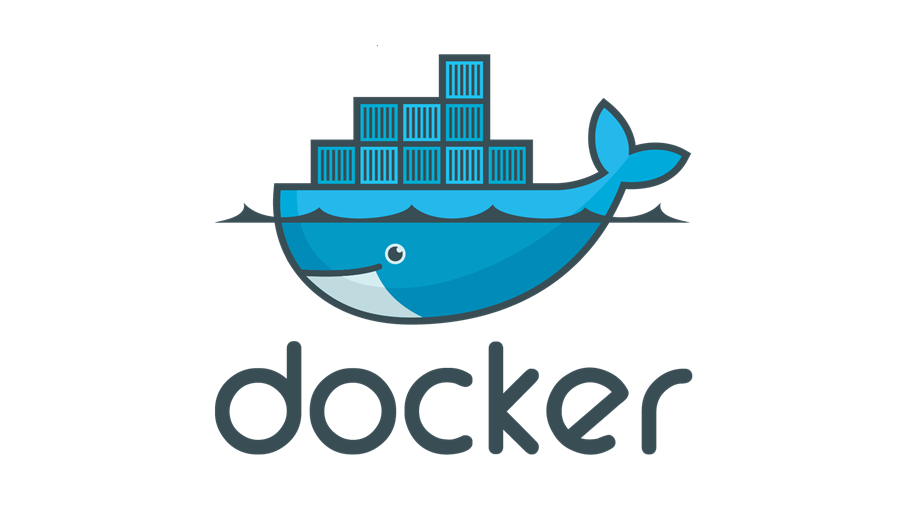 3 minutes
3 minutes
End-of-Life Technology: How to Drive Innovation Without Compromising Stability
When legacy systems approach end-of-life (EOL), enterprise IT teams typically face the choice of moving forward at all costs […]

May 2025 marks a monumental milestone in software development: Java turns 30. The impact of this language on the technology landscape is undeniable, forming the backbone of today’s digital world. Its anniversary is a celebration of the code as well as the innovation, adaptability and thriving global community built around Java. The return of JavaOne, which used to be the ultimate gathering for the Java community, offers a perfect moment to reflect on the technology‘s legacy, its continued relevance and its achievements.
“Java’s influence is undeniable because it has set the standard for software frameworks,”
Or Moshe, Founder and Developer at Tevello.
When Java was introduced by Sun Microsystems in 1995, few could have predicted its enduring success. Initially designed as a processor-independent, object-oriented programming language for dynamic content delivered over the internet, Java quickly gained traction. This was due to its ‘write once, run anywhere’ (WORA) promise, which could address the key challenges of software developers back then. The technology’s foundational customer-centric and reliability traits allowed Java to thrive across generations of technology and development paradigms. For example, the introduction of the Java Virtual Machine (JVM) revolutionized software portability, making Java a dominant force in enterprise applications, web development and, later, cloud computing.
Ismail Sellama, VAR – Software at MEDIA PRO, comments: “For me, Java’s always been about getting things done, and after 30 years, I think that’s still true.”
Ayush Trivedi, CEO at Cyber Chief, adds: “Java hitting 30 feels like reuniting with an old friend who’s somehow stayed relevant while everyone else aged out. I remember debugging applets in the early 2000s–those were simpler times, before Kubernetes clusters and AI wrappers. Today, watching Java adapt to cloud-native workflows and machine learning pipelines is like seeing your high school chess buddy become a Formula 1 engineer.”
In effect, Java evolved from a programming language into a comprehensive platform, and succeeded in remaining a popular choice by constantly evolving while ensuring backward compatibility. Indeed, Java’s ability to incorporate future-oriented solutions while continuing to support past and present applications has made it indispensable in everything in the world of software development.
As Roman Surikov, Founder of Ronas IT, highlights: “As developers, we’ve seen Java evolve tremendously, adapting to industry changes while maintaining its reliability and performance, which is why it remains a cornerstone in many enterprise applications today. Java’s backward compatibility and platform-independence continue to make it a preferred choice for developers working on a wide range of applications–from web to mobile to enterprise-level solutions. This milestone is a great opportunity to reflect on Java’s impact and anticipate its future developments, such as enhancements in performance and capabilities with every new release.”
Over the years, Java has adapted to new challenges, from the rise of mobile and cloud computing to the growing importance of machine learning and artificial intelligence (AI). For example, advancements in virtual threads and pattern matching demonstrate Java’s ability to adapt to modern development needs and push the boundaries of what is possible in modern software development, while still maintaining its reliability.
Brandon Batchelor, Head of North American Sales and Strategic Partnerships at ReadyCloud, notes: “It’s hard to believe three decades have passed since Java first emerged. That’s a huge milestone. For those working in software development, engineering, or architecture, it represents a foundation upon which so much has been built. One can’t help but feel a sense of admiration for a technology that’s remained so relevant over time. It’s a testament to the innovation and adaptability of the platform. Think about all the applications, systems, and tools that rely on it; it’s quite remarkable.”
Besides code, one of Java’s greatest strengths, which helped it thrive and remain one of the most commonly used language for 30 years, is its vast and engaged developer community. With an estimate of 9.4 million programmers worldwide regularly leveraging it, Java has fostered an ecosystem that thrives on collaboration, open-source contributions and shared knowledge.
Ismail Sellama explains: “I’ve used Java on so many projects now, and one thing that’s always stood out is the community. There’s so many people willing to help, share knowledge, and work together. It feels like we’re all in it together, and that’s one of the reasons I’ve stuck with Java for so long. It’s just a nice feeling to know that you’re never really alone.”
Among the multiple community-based activities, it’s worth noting the Java Community Process (JCP), which was established in 1998 to support Java’s growth. The JCP, which exists to this day, offers a formal mechanism for interested parties to propose new features to the Java platform (Java Specification Requests, JSRs) and develop standard technical specifications. This collaborative effort has been helping Java adapt to changing user and market needs while expanding its capabilities as a comprehensive platform.
A testament to Java’s continued relevance and the passion of its global developer base is the highly anticipated return of JavaOne, a premier gathering for the community, bringing together developers, architects and industry leaders to explore the platform’s latest advancements. Taking place from March 18-20, 2025, the event will offer a key gathering to celebrate the 30 years of Java as well as the release of Java 24.
Nikita Sherbina, Co-Founder & CEO of AIScreen, shares: “Yes, I’m definitely excited about the 30th anniversary of Java! As a software developer, Java has been a cornerstone of my career, and celebrating its legacy feels like honoring the foundation of many applications I’ve worked on. Java’s stability, scalability, and vast community have made it an indispensable tool in both enterprise solutions and cutting-edge projects.
Patric Edwards, Founder & Principal Software Architect at Cirrus Bridge, adds: “Java hitting its 30th anniversary in 2025 is a huge milestone, and for those of us who’ve built careers around it, it’s more than just a programming language–it’s a testament to endurance, evolution, and innovation. Java has consistently adapted to modern development needs, from its early dominance in enterprise applications to its critical role in cloud-native, AI, and microservices architectures today.
Elmo Taddeo, CEO at Parachute, emphasizes JavaOne’s significance: “JavaOne returning to California makes this anniversary even more special. It’s a chance to hear from the experts, sharpen skills, and connect with others who rely on Java daily. Events like these are where real learning happens–through shared experiences and practical insights. I’ve been to many conferences where one good conversation or session changed the way I approached a problem. The opportunity to meet top Java minds and discuss security, performance, and best practices is something I always look forward to.
While Java’s past is rich with achievements, its future remains just as promising. With ongoing developments in areas such as security through quantum-resistance, Java is well set to continue meeting modern software development demands and remaining a dominant force for years to come.
Derek Pankaew, CEO & Founder at Listening.com, comments: “I’m absolutely celebrating 30 years of Java. Here’s why: in many ways, Java has become the “modern Cobol”–the unsexy but rock-solid language that quietly powers global finance, logistics, healthcare, and more. We’ve all heard about the new “cool” languages over the decades, yet enterprise after enterprise keeps its core Java code running. It’s not because these companies don’t want to innovate; it’s that Java is a unique mix of stability, performance, and a massive ecosystem that’s too valuable to abandon.
For those who have built their careers around Java, this 30th anniversary is a reminder that great technology doesn’t just endure—it evolves. For the Java community, this is a moment to reflect, reconnect and reimagine what’s next. Meet with our experts at JavaOne to discuss what the future of Java will look like.
Share:
 3 minutes
3 minutes
When legacy systems approach end-of-life (EOL), enterprise IT teams typically face the choice of moving forward at all costs […]
 5 minutes
5 minutes
November has been one of the busiest months of the year for the Java and Jakarta EE ecosystem. With […]
 4 minutes
4 minutes
We’re excited to share major updates around the Docker image story for the Payara Platform Community, aligned with our […]